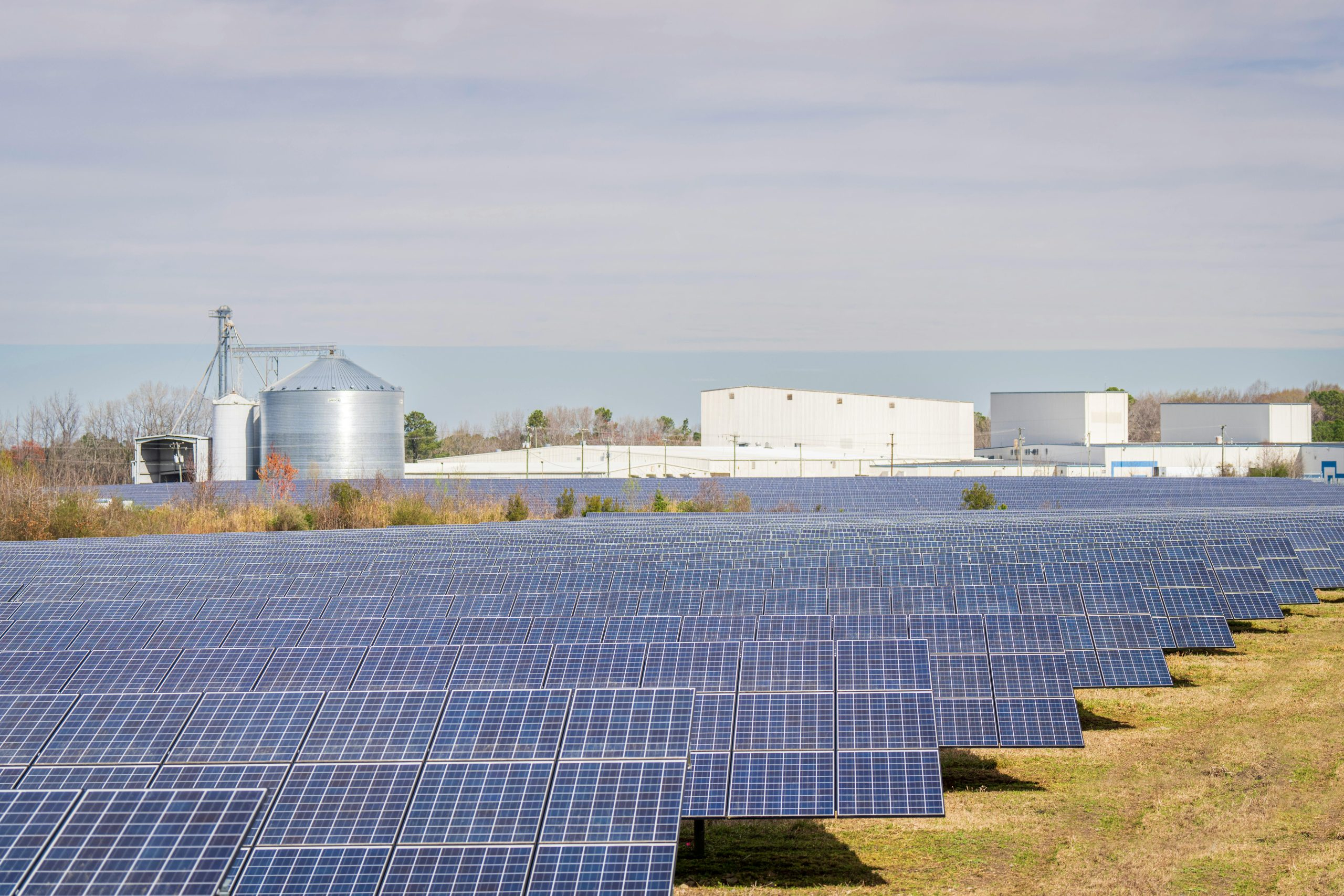Tesla’s Cybertruck Tech: Solar Tonneau Cover Efficiency Tests
Tesla has been making waves in the automotive industry with their innovative technology and sleek designs. Most recently, they unveiled their highly anticipated electric pickup truck, the Cybertruck. While its futuristic design and impressive specs have been the talk of the town, it’s the solar tonneau cover that has caused quite a stir. In this article, we’ll take a closer look at Tesla’s latest technology and dive into the efficiency tests of their solar tonneau cover for the Cybertruck.
The Solar Tonneau Cover
For those unfamiliar, a tonneau cover is a type of cover that protects the bed of a pickup truck. It provides security and protection from the elements for any cargo stored in the truck bed. What sets the Cybertruck’s tonneau cover apart is its solar capabilities. This feature allows the cover to not only protect the truck bed but also generate electricity to power the vehicle.
The Efficiency Tests
Before the release of the Cybertruck, Tesla had been conducting efficiency tests on the solar tonneau cover to ensure its functionality and reliability. One of the main goals was to determine the amount of energy the solar cover could generate and how much it could extend the truck’s range.
The first test involved leaving the Cybertruck with the tonneau cover closed (but still exposed to sunlight) for 24 hours. The results showed that the solar cover was able to generate enough energy to extend the truck’s range by 15-20 miles, depending on driving conditions.
Next, the truck was driven for a full day with the tonneau cover open, allowing the solar panels to collect solar energy while on the move. The result was an additional 30-40 miles added to the truck’s range. This proves that the solar tonneau cover is not only efficient when stationary, but also while driving.
Pros and Cons
While the idea of a solar tonneau cover is exciting and innovative, there are pros and cons to consider. Firstly, the solar cover is a great way to reduce the need to stop and charge the Cybertruck during long trips. It also adds to the overall sustainability of the vehicle, making it even more eco-friendly.
However, some critics argue that the solar cover may not be as efficient as it seems. With only one day of testing, the results may vary in different weather conditions and over longer periods of time. Others also point out that the solar cover may be an expensive add-on, adding to the already high price tag of the Cybertruck.
The Future of Solar Technology in Vehicles
Despite some skepticism, there’s no denying the potential of solar technology in vehicles. The Cybertruck’s solar tonneau cover is just one example of how solar energy can be harnessed to power our vehicles. In the future, we may see more vehicles incorporating solar panels, whether it be on the roof or other parts of the car’s body.
Not only can solar technology increase the range of electric vehicles, but it also has the potential to reduce carbon emissions and promote sustainability. And with advancements in solar technology constantly being made, there’s no telling how far it can take us in the world of transportation.
Conclusion
Tesla’s Cybertruck has certainly caught the attention of the public with its bold design and impressive features. The addition of a solar tonneau cover only adds to its appeal and showcases Tesla’s commitment to innovation and sustainability. While there may be some doubts and uncertainties surrounding the efficiency of the solar cover, it’s clear that solar technology has a promising future in the world of vehicles. We can’t wait to see what other advancements Tesla has in store for us with their Cybertruck technology.











